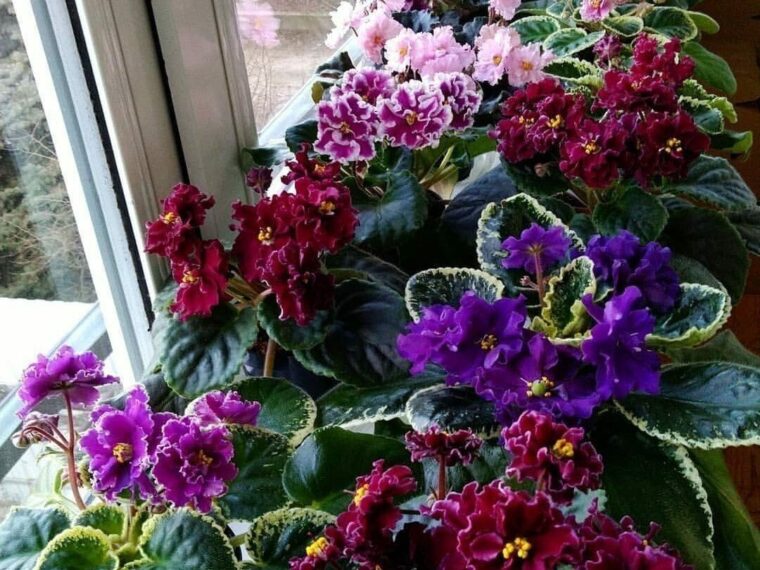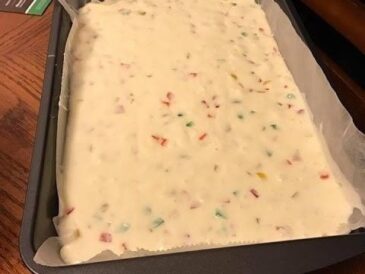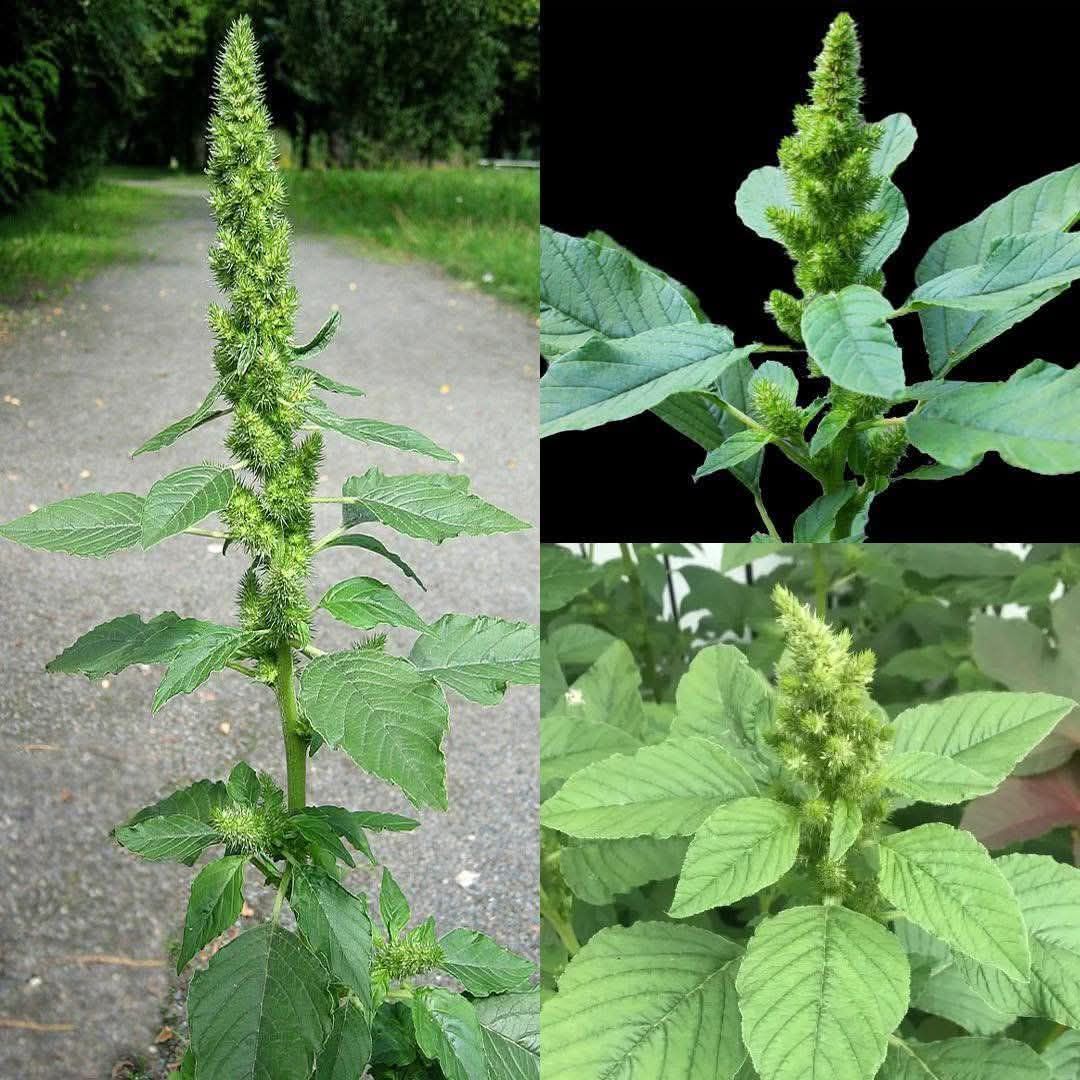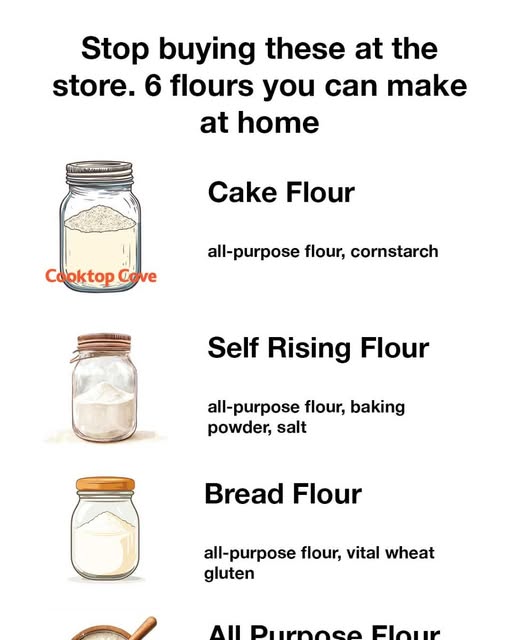African violets are one of the most beloved indoor flowering plants, admired for their soft, velvety foliage and vibrant blooms in shades of purple, pink, blue, and white. If you’ve ever owned one, you know the joy these compact plants bring when they’re in full bloom on a windowsill or tabletop.
But what if we told you that, with just a few simple care strategies, your African violets could flower all year round?
It’s entirely possible—and in this guide, we’ll walk you through the 10 most important tips to keep your African violets blooming continuously, with insights into light, watering, feeding, humidity, temperature, and more.
Let’s dive in!
1. Provide the Right Amount of Light
Bright, indirect light is the key to flowering success. African violets need adequate light to produce blooms but are sensitive to direct sun, which can scorch their delicate leaves.
Light Tips:
- Place your plant near a north- or east-facing window, where it will receive soft, filtered light.
- If natural light is limited, consider using a grow light—LED grow lights with a timer can ensure your violet gets 12–14 hours of light per day.
- Rotate the plant every week to ensure even growth and prevent one-sided leaning.
A leggy plant with few flowers may not be getting enough light. Pale or sunburned leaves? Too much light. Balance is everything.
2. Keep Temperatures Consistent
African violets are tropical natives and don’t handle extremes well. Consistent indoor temperatures are essential to keep them happy and blooming.
Ideal Range:
- Maintain a room temperature between 65°F and 75°F (18°C to 24°C).
- Avoid drafts, cold windows, or heating vents.
- Don’t allow them to touch cold window glass in winter.
Sudden fluctuations or cold spots can stress your plant and halt blooming altogether.
3. Master Proper Watering Techniques
Watering can make or break your African violet. These plants are sensitive to both overwatering and underwatering.
Watering Tips:
- Bottom watering is best: place the pot in a saucer filled with water for 15–30 minutes. This allows the roots to absorb moisture without wetting the leaves.
- If you water from the top, avoid splashing water on the foliage to prevent leaf spotting or fungal issues.
- Use room temperature, dechlorinated water to avoid shocking the plant.
Let the top inch of soil dry out slightly between waterings, but don’t allow the plant to wilt.
4. Increase Humidity for Healthier Blooms
African violets love moderate to high humidity, ideally 50–60%. Dry indoor air—especially during winter heating—can cause buds to drop or flowers to fade quickly.
Humidity Boosting Ideas:
NEXT PAGE





